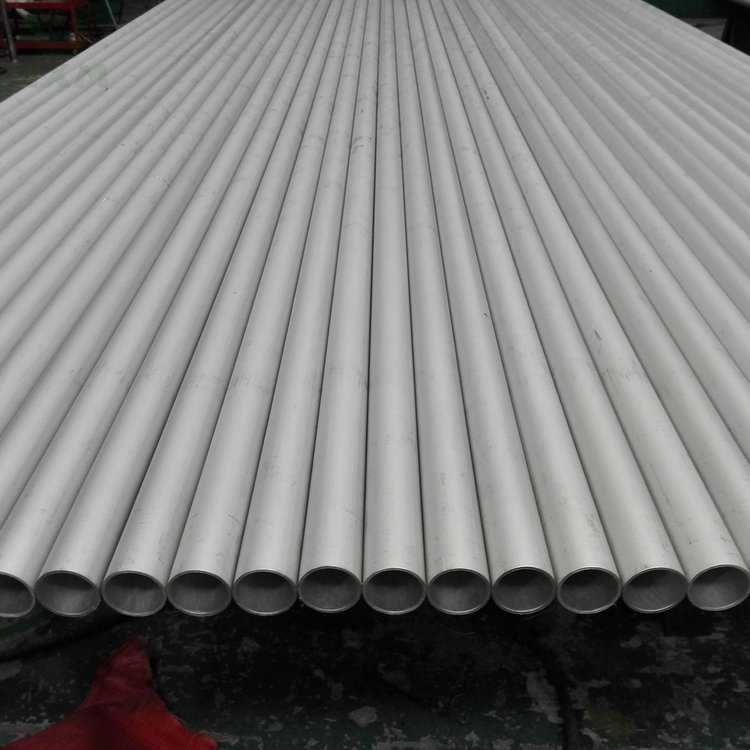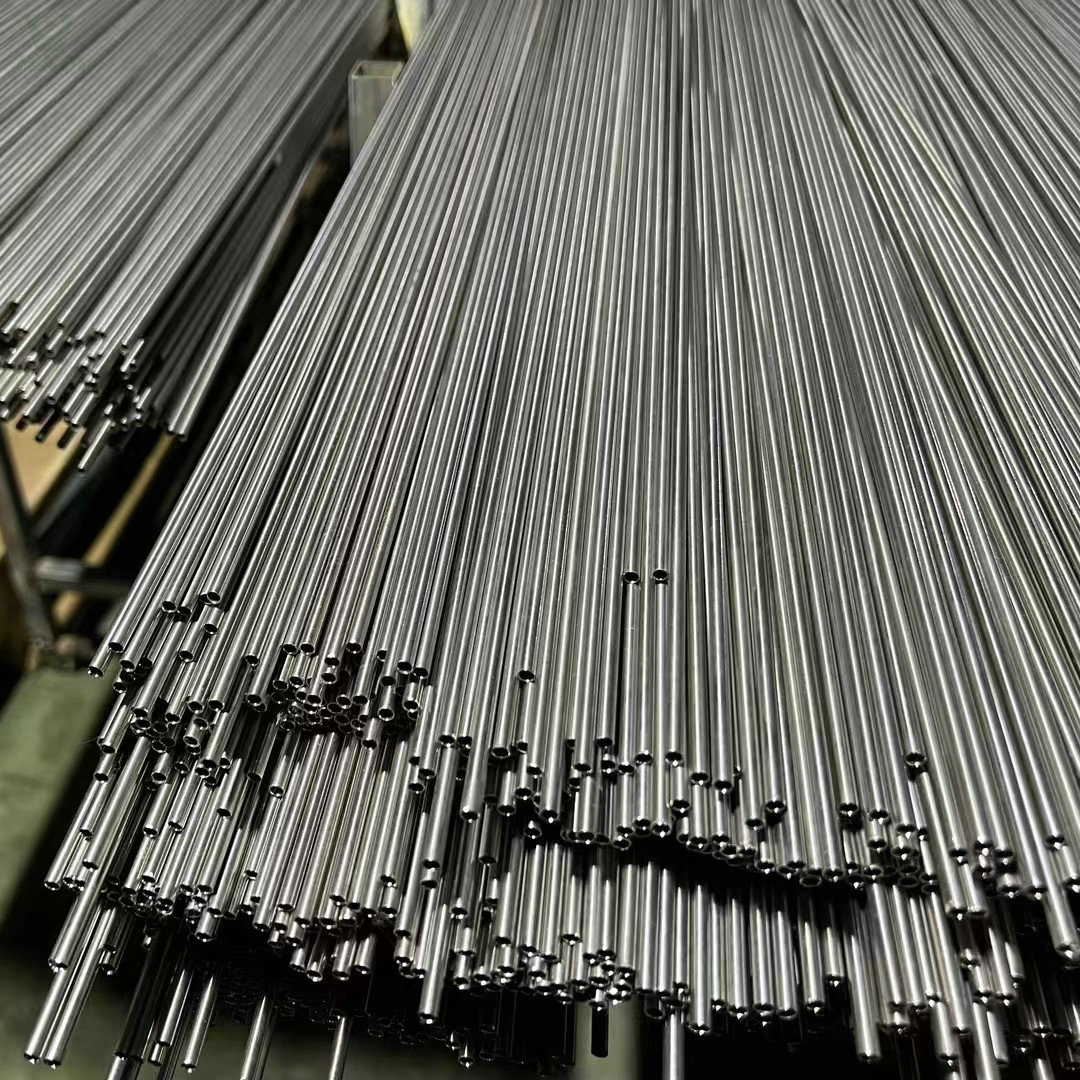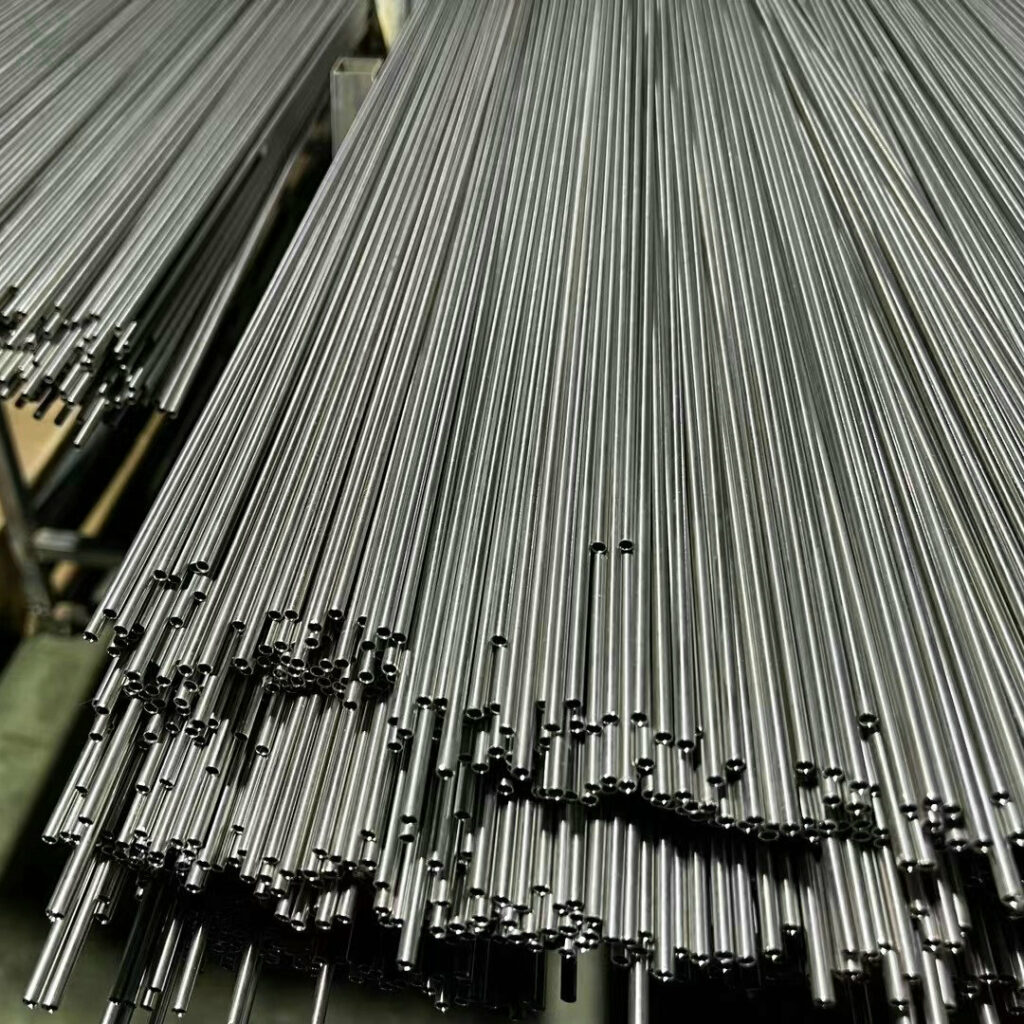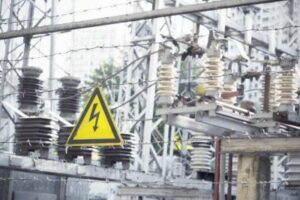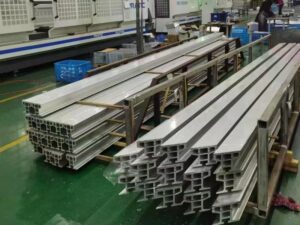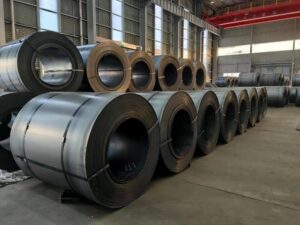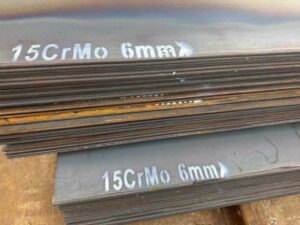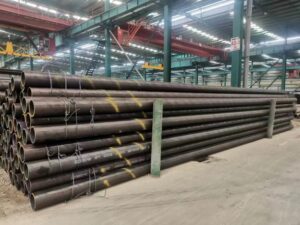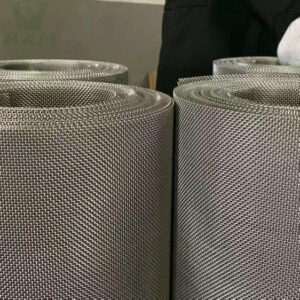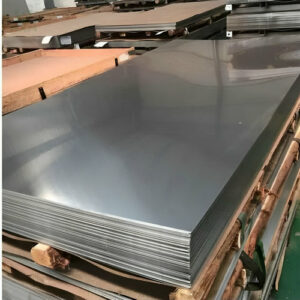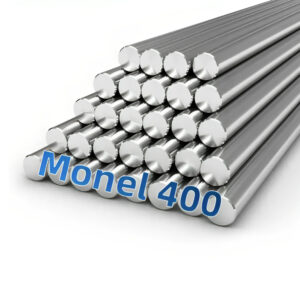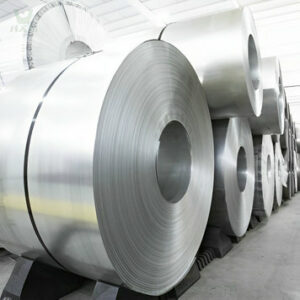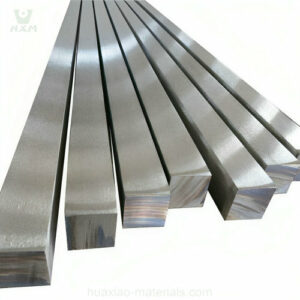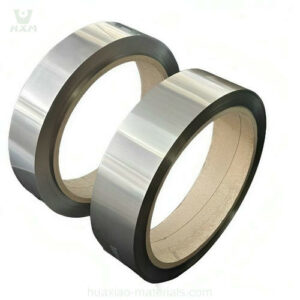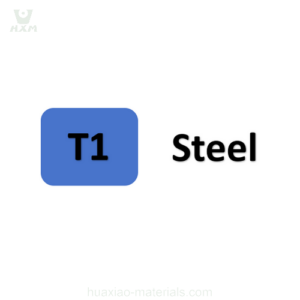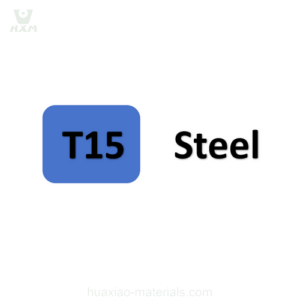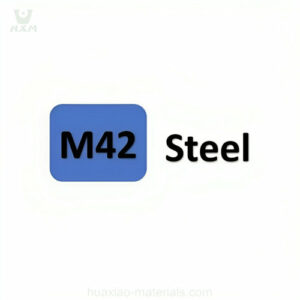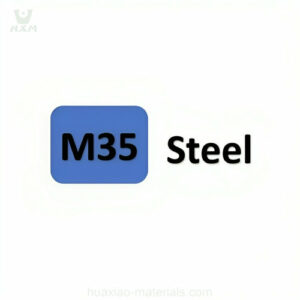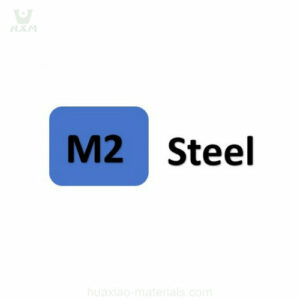When selecting 310 stainless steel suppliers, there are several key factors to consider to ensure that you receive high-quality products that meet your specific needs and requirements:
Product Quality and Certification: Ensure that the supplier provides stainless steel products that meet international standards and specifications. Look for suppliers who can provide certifications such as ASTM, ASME, or other relevant certifications to guarantee the quality and composition of the materials.
Material Expertise: Choose suppliers with a strong understanding of stainless steel materials, particularly 310 stainless steel. They should be able to provide technical expertise, answer your questions, and offer recommendations based on your application requirements.
Reputation and Reliability: Research the supplier’s reputation within the industry. Look for reviews, testimonials, and references from other customers to gauge their reliability, quality of products, and customer service.
Production Capacity: Ensure that the supplier has the capacity to fulfill your order, whether it’s a small quantity or a larger volume. This is especially important for projects with specific timelines or urgent requirements.
Customization and Special Orders: If your project requires customized dimensions, shapes, or specific fabrication, choose a supplier who can accommodate your customization needs.
Delivery and Lead Times: Consider the supplier’s ability to meet your delivery deadlines. A reliable supplier should have efficient logistics and delivery processes in place to ensure timely shipments.
Value-Added Services: Some suppliers offer value-added services such as cutting, machining, heat treatment, and more. These services can save you time and resources during your project.
Cost and Pricing: While cost is a consideration, it’s important to balance it with the quality of the products. Be wary of suppliers offering significantly lower prices, as this could indicate lower-quality materials.
Global Reach: If your project requires international delivery or if you operate in multiple regions, consider suppliers with a global reach and established distribution networks.
Environmental and Ethical Considerations: Some buyers prioritize suppliers who adhere to sustainable practices and ethical sourcing. If this is important to you, inquire about the supplier’s environmental policies and practices.
Customer Support: A responsive and knowledgeable customer support team can make a significant difference in your purchasing experience. Ensure that the supplier has a dedicated team to address your inquiries and concerns.
Long-Term Relationship: Consider suppliers who are interested in building a long-term relationship. Establishing a strong partnership with a reliable supplier can benefit your future projects as well.
Local vs. International Suppliers: Depending on your location and the availability of suppliers, you may choose to work with local suppliers for convenience or international suppliers for specific expertise and cost considerations.
By carefully evaluating these factors, you can select a 310 stainless steel supplier that aligns with your project requirements, quality standards, and overall business goals.
